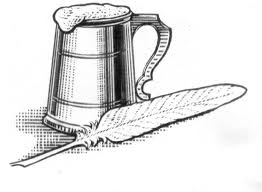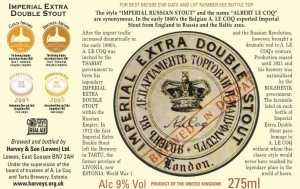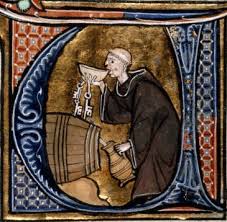 Beer writers, broadcasters and bloggers, take note!
Beer writers, broadcasters and bloggers, take note!
Entries to this year’s British Guild of Beer Writers’ Awards close on Friday, 5th September.Don’t miss out on your chance to win one of our eight category awards and a share of the £9,500 prize fund.
The competition is open to writers, broadcasters, photographers, poets, illustrators, designers, webmasters and bloggers whose work has broadened the public’s knowledge of beer and pubs over the past year. You do NOT have to be a member of the Guild of Beer Writers to enter and we welcome nominations by third parties – so if you have been impressed by a press article, book or blog about beer, please think about entering it.
This year, entries are welcomed in eight different categories, including the Best Young Beer Writer, introduced for the 2014 competition. All of the categories – apart from Corporate Communications – offer prize money for the winner and most for a runner up as well. Winners of each category and the overall Beer Writer of the Year 2014 will be announced at the Guild’s annual Awards dinner, which is being held on Thursday 4th December at the Jumeirah Carlton hotel in Knightsbridge.
Judging this year’s entries is a panel of judges chaired by Will Hawkes, current Beer Writer of the Year. The judges are: Will Dean, editor of the Independent magazine; Natalie Whittle, associate editor, FT Magazine; Tim Hulme, chief executive of the BII and Georgina Young, brewing manager at Fuller Smith & Turner.
Full details of how to enter the Awards, including a list of the categories, criteria and downloadable entry and nomination forms, can be found on the British Guild of Beer Writers website http://www2.beerguild.co.uk/?page_id=2162
Entries for this year’s Awards must have been published between 1 September 2013 and 31 August 2014.





